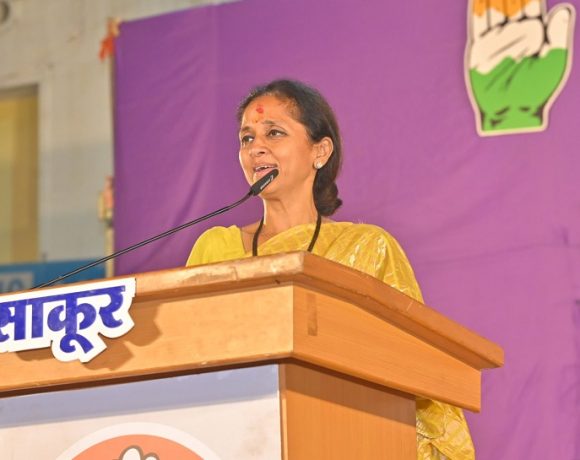
Emergency Power Activation Key Focus in Air India Crash Probe
Investigators probing the tragic crash of Air India Flight AI171 are now centering their attention on the activation of the aircraft’s emergency power system, known as the Ram Air Turbine (RAT), which deployed moments before the Boeing 787 Dreamliner went down in Ahmedabad on June 12, 2025.
Air India
The deployment of the RAT is a major clue in determining what went wrong. The turbine, which is designed to pop out and generate power only when an aircraft loses both engines or suffers a critical systems failure, was found to have activated while the plane was still in its early climb. This rare and severe measure has raised concerns that both engines may have failed shortly after takeoff, plunging the flight into an emergency within minutes.
Engine Failure
Flight data shows that the aircraft climbed to around 625 feet before descending at a rate of approximately 475 feet per minute. A distress call was made by the pilot, citing a loss of “thrust.” This correlates with the RAT deployment, which experts say is an “absolute last resort” scenario and may suggest a catastrophic dual-engine failure. Such incidents are considered exceedingly rare, especially during a phase as critical as takeoff.
Aircraft Maintenance
Air India has stated that the aircraft was in good technical health prior to the incident. According to the airline’s chairman, “the right engine was new and installed in March, and the left engine was serviced in 2023.” Despite these assurances, investigators are not ruling out the possibility of a simultaneous malfunction in both engines, a scenario that could point to fuel contamination, sensor failure, or software-related glitches.
Investigative Progress
The Aircraft Accident Investigation Bureau (AAIB) has recovered both the cockpit voice recorder and the flight data recorder. These black boxes are undergoing detailed analysis at a newly upgraded facility in Delhi. However, some reports suggest that the cockpit voice recorder may not be modern enough to provide clear multi-channel data, possibly limiting insights into what the pilots experienced in those final seconds. A preliminary report is expected to be made public within three months.
Regulatory and Global Implications
India’s aviation regulator has already begun a review of all Boeing 787 aircraft in Air India’s fleet. No immediate safety concerns have been flagged so far, but precautionary checks are being carried out. The crash, which claimed the lives of all passengers and several individuals on the ground, is the first fatal accident involving a Boeing 787 since the aircraft entered service. Should the investigation confirm a dual-engine failure, the consequences for both Boeing and GE Aerospace could be far-reaching.
As the international aviation community watches closely, investigators are hoping that the black boxes, flight path analysis, and RAT deployment logs will collectively explain the tragic chain of events. The focus remains firmly on uncovering any overlooked technical failures, procedural lapses, or manufacturing issues that may have led to the disaster.


















